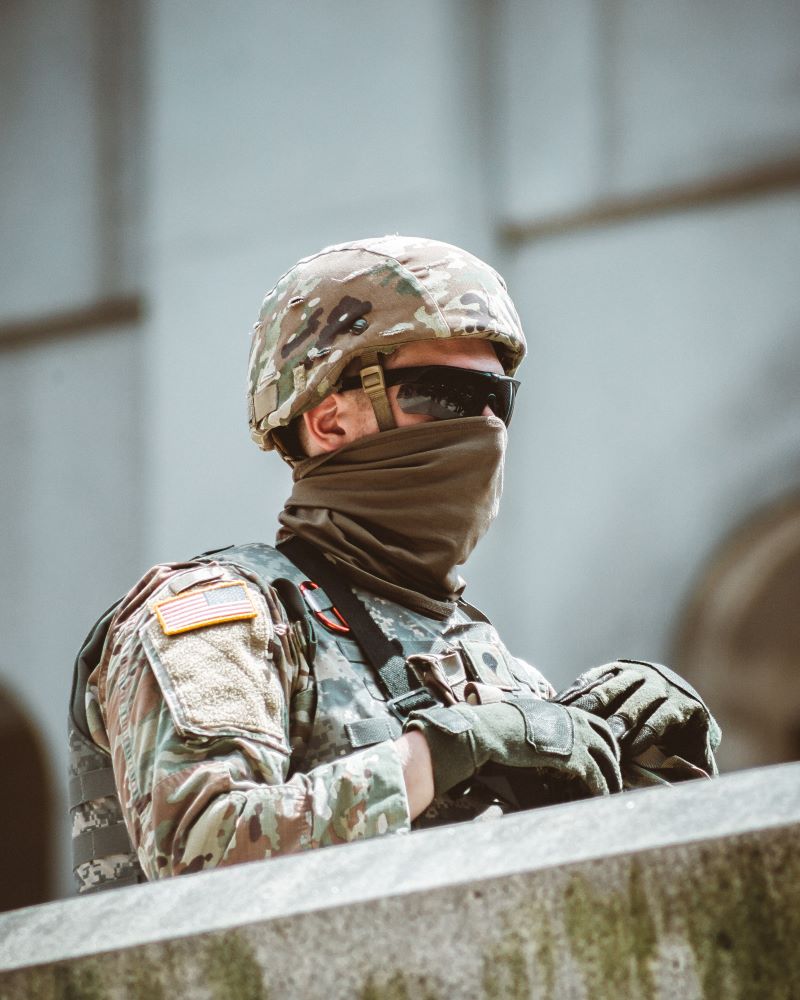How to keep your ballistic shield up
Ballistic shields have developed in terms of size, design, shape, weight, and protection. With more demand for ballistic shields to possess ballistic resistance, many manufacturers end up making their ballistic shields very heavy for carriers. Sadly, most carriers end up carrying their ballistic shields for hours; making it hard for them to maintain. This might inflict some level of injuries to the soldiers carrying the shields in the frontline.
One of the most effective ways to ensure that carriers can hold their shield up is to mount it on a mobile vehicle. This would enable them to maintain protection from bullet hits. Also, it would allow them to keep their ballistic shield up for a longer time frame.
Another effective method is to reduce the weight and size of the ballistic shield. Today, ballistic shields are available in a variety of sizes and shapes to best protect against specific threats. Although these factors largely depend on the manufacturer, shields can come in a variety of sizes. Some ballistic shields are as small as 16 x 20 inches (41 x 53 cm) for use when there is additional ballistic protection nearby such as trees or walls. These are designed to protect the torso, the vital organs, face, and neck while being easy and fast to deploy. They make a lot of sense for patrol officers to have in their car for establishing and maintaining perimeters or entering questionable scenes.
There are large rolling shield systems that bring maximum ballistic protection. These provide overhead protection and can protect multiple officers at the same time. However, they often present a dilemma for departments between protection and mobility. The tradeoff here is that the increased protection of the shield would also lead to increased weight along with decreased mobility and speed.
Follow along with our blog here.
